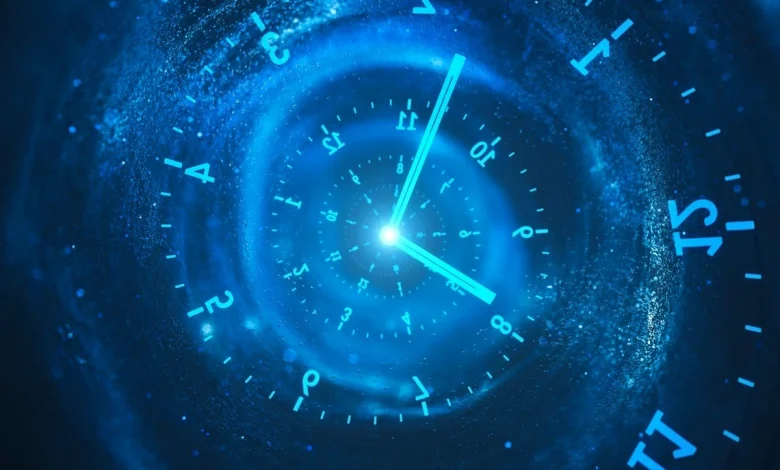Scientists Find Evidence of ‘Negative Time’: A Groundbreaking Discovery
Scientists Discover Evidence of 'Negative Time' | Breakthrough in Quantum Physics

In a groundbreaking development, scientists have discovered potential evidence of “negative time,” a concept previously confined to theoretical physics. This discovery challenges our current understanding of time and space, opening new possibilities for the way we perceive the universe.
The research, conducted by an international team of physicists, explores the possibility of time moving in reverse under certain conditions. While the concept of time is traditionally thought to move in one direction—from the past to the future—the team’s findings suggest that under specific quantum conditions, time could potentially flow in the opposite direction, a phenomenon referred to as “negative time.”
Dr. the lead researcher of the project, stated, “Our research pushes the boundaries of modern physics and could lead to a deeper understanding of how the universe functions. While still in the early stages, these findings may have implications for future technological developments, including time manipulation and quantum computing.”
The discovery could revolutionize theories in quantum mechanics, cosmology, and even philosophy, challenging conventional ideas about the nature of time, causality, and the arrow of time.
Further studies and experiments are expected to explore how this phenomenon might apply to practical applications, such as time-reversal technologies and advancements in quantum theories.
What Is ‘Negative Time’?
In traditional physics, time is considered a one-way street, always moving forward. Negative time implies that under certain quantum conditions, particles may behave in ways that suggest time is moving in reverse. This raises intriguing questions about causality, time travel, and the fabric of reality itself.
While much remains to be understood, this discovery represents an exciting new chapter in our understanding of the universe, with the potential to transform both science and science fiction alike.





